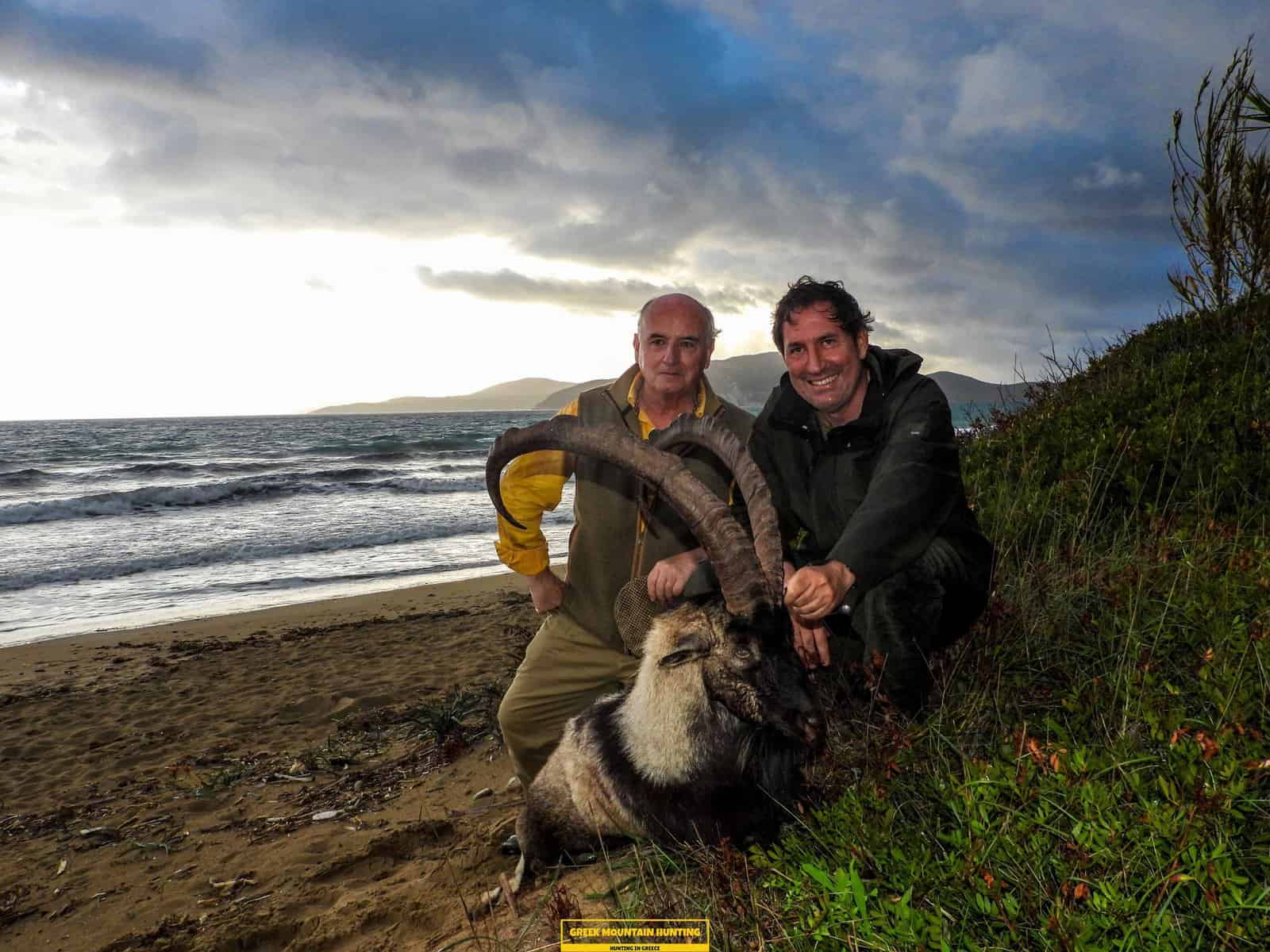Searching Kri Kri ibex and also cost-free diving at the world's most well-known accidents
Searching Kri Kri ibex and also cost-free diving at the world's most well-known accidents
Blog Article

To lots of people, The Peloponnese peninsula on the Greek Mainland is the 'actual' Greece, where points have not altered much in any way over the centuries despite the fact that many individuals have uncovered it. This is a location where you could conveniently invest a month, however if you are short on time then our exterior hunting, Fishing, free diving and also exploring Peloponnese Tours from Methoni is an excellent option.

This Ibex is not a little Capra aegagrus bezoar ibex, which has moved to the western extremity of this species' array. The kri-kri (Capra aegagrus cretica), also called the Cretan goat, Agrimi, or Cretan ibex, is a feral goat living in the Eastern Mediterranean. The kri-kri has a light brownish coat with a darker neck collar. 2 sweeping horns project from the head. During the day, they hide to stay clear of tourists. In nature, the kri-kri can leap or climb up apparently large high cliffs.
Our outdoor searching, fishing, and cost-free diving excursions are the excellent way to see whatever that Peloponnese needs to provide. These scenic tours are developed for vacationers who intend to get off the beaten path as well as really experience all that this extraordinary area has to provide. You'll reach go searching in several of one of the most gorgeous wilderness areas in Greece, fish in crystal-clear waters for a variety of different varieties, and also complimentary dive in several of the most sensational coast in the Mediterranean. And best of all, our seasoned overviews will certainly exist with you every step of the method to make certain that you have a secure and also enjoyable experience.
There is genuinely something for everybody in the Peloponnese peninsula. Whether you are interested in history and society or nature and exterior tasks, this is a perfect destination for your next getaway. If you are short on time, our hunting and exploring Peloponnese Tours from Methoni is a wonderful method to see every little thing this spectacular area needs to offer.And finally, your Kri Kri ibex prize is waiting on you.
What is the diference between Kri Kri ibex, Bezoar ibex and hybrid ibex
The kri-kri is not thought to be indigenous to Crete, most likely having been imported to the island during the time of the Minoan civilization. Nevertheless, it is found nowhere else and is therefore endemic to Crete. It was common throughout the Aegean but the peaks of the 8,000 ft (2,400 m) White Mountains of Western Crete are their last strongholds–particularly a series of almost vertical 3,000 ft (900 m) cliffs called ‘the Untrodden’—at the head of the Samaria Gorge. This mountain range, which hosts another 14 endemic animal species, is protected as a UNESCO Biosphere Reserve. In total, their range extends to the White Mountains, the Samaria National Forest and the islets of Dia, Thodorou, and Agii Pandes.
This Ibex is NOT a diminutive form of the Bezoar Ibex, which has migrated into the western-most reach of the range of this species. The kri – kri (Capra aegagrus cretica), sometimes called the Cretan goat, Agrimi, or Cretan Ibex, is a feral goat inhabiting the Eastern Mediterranean, previously considered a subspecies of wild goat. The kri-kri has a light brownish coat with a darker band around its neck. It has two horns that sweep back from the head. In the wild they are shy and avoid tourists, resting during the day. The animal can leap some distance or climb seemingly sheer cliffs.
“The agrimi goat Capra aegagrus cretica is unique to Crete and its offshore islands. It has been identi®ed as a sub-species of the wild bezoar goat Capra aegagrus aegagrus Erxleben, 1777, which it closely resembles in horn shape, body form and coloration. This classi®cation has been disputed by some researchers who claim that the agrimi are feral goats, derived from early domestic stock brought to the island by the ®rst Neolithic settlers. In order to clarify this issue, DNA analyses (cytochrome b and D loop sequences) were carried out on tissue of live and skeletonized agrimi and compared to sequences of wild and domestic caprines. Results conclusively show the agrimi to be a feral animal, that clades with domestic goats (Capra hircus) rather than with wild Asiatic bezoar. This study demonstrates that morphometric criteria do not necessarily re¯ect genetic af®nities, and that the taxonomic classi®cation of agrimi should be revised.”
useful referencestraight from the source https://huntgreece.eu/
Report this page